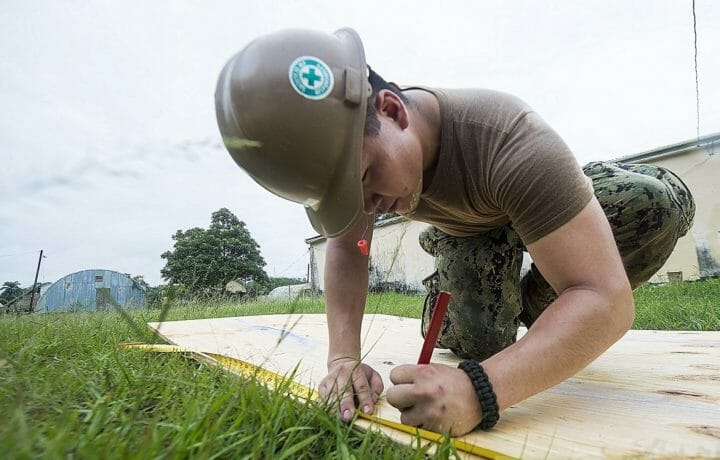Construction workers wearing the iconic hardhat has always been recognized as the industry that built America. But today, the field is severely understaffed. So understaffed in fact that it is short 650,000 workers – roughly two jobs for every person in the field.
Factors Affecting the Industry
Many left the industry when the pandemic hit, and building slowed down. Applications to get into the construction field fell by 40% at the beginning of the pandemic and has not rebounded much at all since.
Another factor affecting the industry are workforce demographics. When the immigration policy changed, it left a shortage of people in the field. And a third factor, although not new, is still affecting how many get into construction – the culture of America as far as post-secondary career choices.
Over the years, schools and parents taught their children that the way to the American Dream was to get a college education. All of these factors … and more, have led us to the point we are today – not enough trained people to keep building America.
The Three-Fold Answer
Experts tell us the answer to the construction industry woes is three-fold:
- A balanced immigration policy
- Smarter use of technology
- Raising the awareness of the trades (and especially construction) as a rewarding career path
The Associated Builders and Contractors estimates the industry would need to attract some 545,000 additional workers on top of the normal pace in 2023 to meet the current demand for labor. For example, the construction industry averaged 390,000 job openings each month in 2022, but unemployment in that sector during that same period was the second lowest on record at 4.6%. This data proves that there just are not enough supply of people looking for construction jobs to fill the demand.
Helmets to Hardhats
If you are a veteran or soon-to-be, you can train in one of many trades in the construction industry through a program called Helmets to Hardhats. The training consists of VA-approved apprenticeships in a plethora of construction trades. Choose which trade you are interested in and you will train in a mix of classroom instruction and hands-on on-the job experience, where what you learned in the classroom is put to the test in the field. And since apprentices are considered employees of the company training them, they earn while they learn. But it can get even better.
Use Your GI Bill Benefits
If you have GI Bill benefits, you can use those benefits to earn even more while in an apprenticeship program. Benefits paid vary depending on which GI Bill you have.
Montgomery GI Bill (MGIB)
For example with the MGIB, you would earn around $1,657 per month during the first six months. That drops to $1,215 per month for months 7 – 12 and stabilizes out at $773 per month after the first year until you complete your training. This is in addition to the wage paid to you by the employer, which must be at least 50% of the journeyman wage and increases with each additional six months in the program. So while your MGIB benefits are decreasing, your wage is increasing making for about the same per month earnings between the two over the course of your training.
Post 9/11 GI Bill
If you have the Post 9/11 GI Bill, then not only do you earn the same wage paid by the employer, but you also get a scaled Monthly Housing Allowance (MHA). During the first 6 months, you get 100% of the MHA authorized according to your tier level and what is authorized for your area. The national average is $900.00 per month.
Then for each 6-month period, the MHA is reduced by 20%. And veterans in an apprenticeship program with this GI Bill can get up to an additional $1,000 per year in book stipend money.
All in all, it is a great way for veterans to continue to serve their country and to train and work in a rewarding field in the construction industry.




